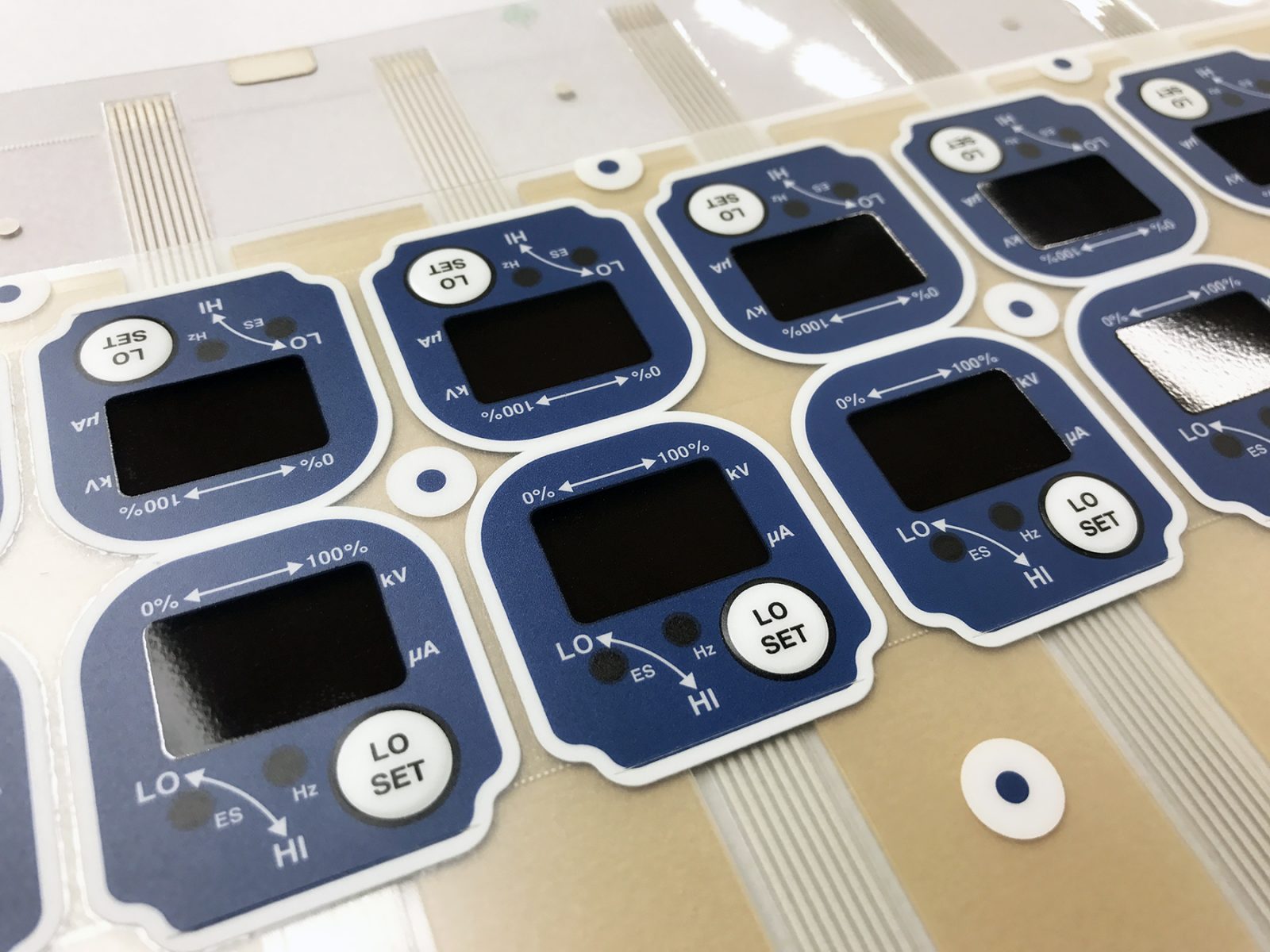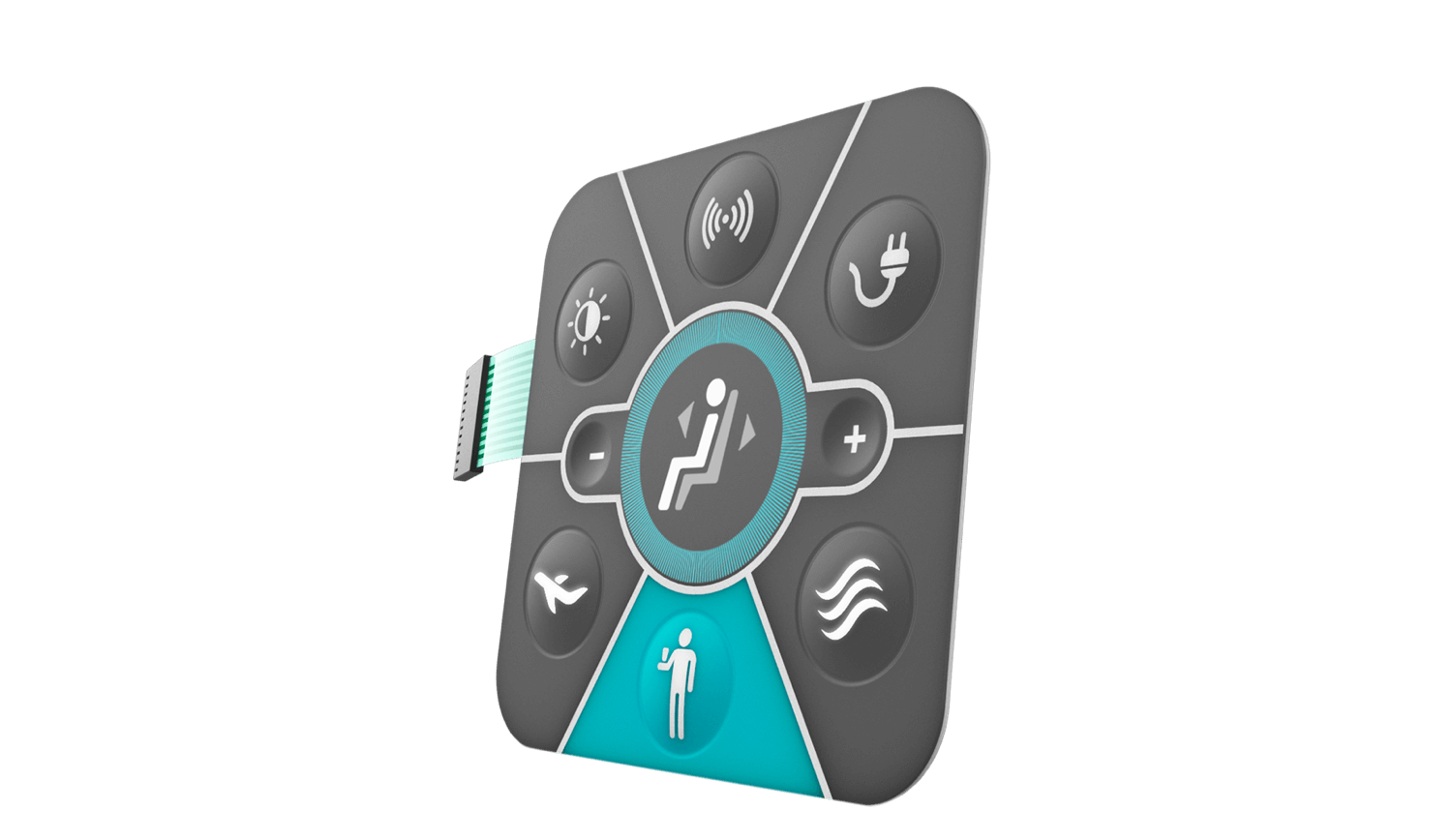Important Features to Search For When Selecting a Membrane Switch
Important Features to Search For When Selecting a Membrane Switch
Blog Article
Recognizing the Capability of Membrane Layer Switches Over for Interface Tools
The performance of membrane switches over stands for a significant improvement in user interface design, combining effectiveness with aesthetic versatility. As industries increasingly prioritize user experience, understanding the nuances of membrane button technology ends up being vital.
What Are Membrane Switches?
Membrane layer buttons are cutting-edge interface gadgets that help with user communication with electronic devices. These functional parts consist of multiple layers, including a graphic overlay, spacer, and a printed circuit layer. The design permits a seamless combination into different electronic gadgets, improving both the aesthetic and practical aspects of individual interfaces.
Membrane switches are typically employed in a wide variety of applications, from household appliances to industrial machinery and medical tools. Their construction generally features a thin account, making them an ideal selection for portable styles. The tactile feedback provided by these buttons can be crafted to satisfy certain individual preferences, ensuring reliable interaction in between the individual and the device.
Resilience is another significant advantage of membrane layer buttons, as they are resistant to dust, moisture, and chemicals, which enhances their lifespan in requiring environments. Additionally, these buttons can be tailored in terms of shape, size, and visuals style, allowing for branding and user-specific functions. Overall, membrane layer changes represent a sensible option for improving user experience in electronic devices, combining capability with visual charm in an efficient manner.
How Membrane Layer Switches Over Work
Operating on a simple concept, membrane switches use a layered building to register individual input effectively. Each switch includes multiple layers, consisting of a printed circuit layer, a spacer layer, and a top visuals layer, which are designed to interact perfectly. When a customer presses the top layer, it compresses the spacer layer, bringing the conductive components of the circuit layer into contact with each various other.
This contact produces a shut circuit, signaling the gadget to implement a particular feature. The layout enables numerous configurations, including responsive feedback, which can improve the customer experience by offering a physical feeling upon activation. The products used in membrane switches frequently consist of adaptable substrates, such as polyester or polycarbonate, which make sure durability and durability versus wear and tear.

Key Advantages of Membrane Switches

Another significant benefit is their density. Membrane buttons are thin and light-weight, which allows suppliers to conserve area in their devices without sacrificing functionality. This attribute is especially useful in applications where weight and quantity are essential considerations.
In addition, membrane buttons are resistant to dirt, wetness, and chemicals, boosting their toughness. This resilience expands their life-span and reduces the demand for frequent substitutes, causing expense financial savings in time.
In addition, the tactile comments given by membrane buttons can be optimized to boost user interaction. They can consist of features such as increased buttons or audible clicks, boosting usability and individual experience.
Applications Throughout Industries
Interface tools utilizing membrane buttons prevail in a broad variety of markets, showcasing their versatility and functionality. Membrane Switch. In the medical field, membrane buttons are essential to gadgets such as analysis equipment and client surveillance systems, where their longevity and simplicity of cleaning are vital for keeping health standards. Likewise, in the auto industry, these switches are used in dashboard controls and infomercial systems, providing a streamlined and modern user interface for customers.
Moreover, the customer electronic devices market advantages from membrane layer switches in home appliances and handheld devices, where compact style and easy to use interfaces improve customer experience. Industrial applications also take advantage of membrane switches for control panels in equipment and automation systems, stressing their effectiveness and resistance to rough atmospheres.
In the aerospace and defense sectors, membrane switches are used in cabin controls and tools, where integrity and efficiency under extreme conditions are vital. In addition, the video gaming sector significantly incorporates membrane more info here buttons in controllers and arcade machines, adding to an engaging individual experience. On the whole, the versatility of membrane layer switches allows their extensive use throughout various sectors, emphasizing their relevance in modern user interface style.
Future Trends in Membrane Layer Switch Modern Technology

Furthermore, making use of advanced materials, such as polycarbonate and polyester films, is anticipated to climb, providing improved resilience and resistance to environmental stress factors. These products add to the overall long life of membrane switches, making them ideal for harsher commercial applications.
Furthermore, the unification of clever modern technology, including IoT connectivity, will enable membrane switches to communicate with other devices and systems, assisting in a much more interactive individual experience. This pattern lines up with the expanding need for wise gadgets across different industries, from health care to consumer electronics.
Finally, personalization choices are expected to broaden, enabling producers to create bespoke services tailored to specific user needs and preferences. These developments will place membrane layer switches as necessary elements in the development of individual interface innovation.
Final Thought
In final thought, membrane layer switches stand for a pivotal improvement in user interface innovation, offering a trustworthy and versatile option for varied electronic applications. As improvements in product science and touch noticing modern technologies continue, the performance and applicability of membrane layer buttons are expected to broaden, enhancing their significance in contemporary digital devices.
Report this page